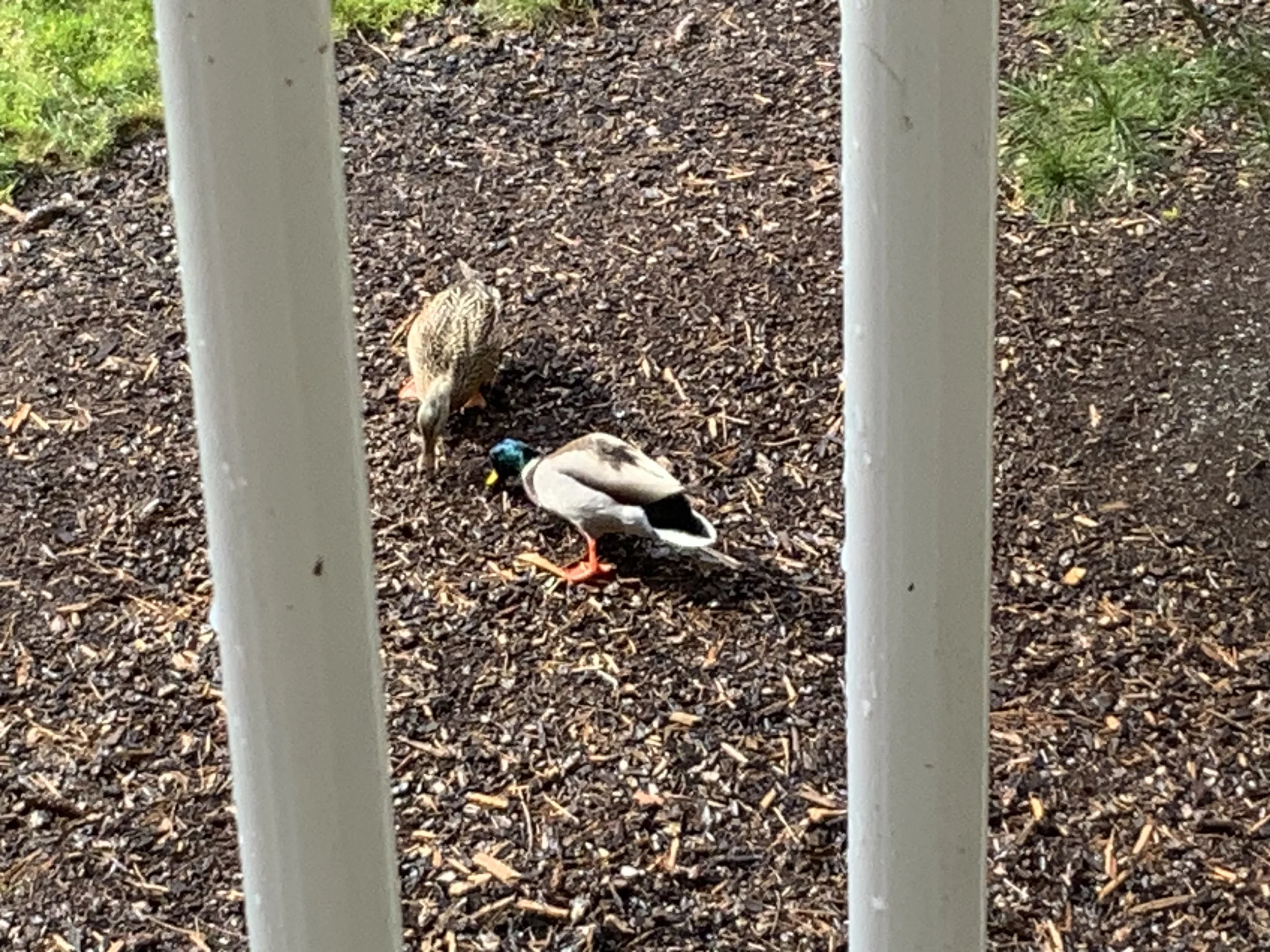#47 A Woman’s Briefs – A Little Life
April 13, 2024 – Saturday
“The Gravitational force between two masses M and M is proportional to the product of the masses and inversely proportional to the square of the distance r between them.”
Stick with me here. That’s Physics Talk, that quote. I don’t get it.
Physicists are the people who attempt to explain dead stuff using chalk, math, letters of the alphabet, numbers, a black or white board, and a bunch of borrowed symbols.
(The Cartoon Guide to Physics, p.27, 8)
Physicists describe every force, particle and speck of anything in the Universe, every proton (500,000,000,000 in the space of the letter i ‘s dot), as all mashed into a spot so small it seemed not to exist. They call that spot ‘singularity.’ There was no “where” there where singularity stood. If Bill Bryson is right, Singularity didn’t have Around around it. There was no space to occupy.
Now imagine a big BANG! Suddenly lifeless stuff burst forth. A hundred thousand million galaxies, each enjoying a hundred thousand million stars. Atoms, all of it! Physicists are on the outlook for atoms. They are everywhere in the cosmos (atoms, not physicists); each one a positively charged nucleus holding protons and neutrons, and negatively charged orbiting electrons. Even with Quantum physics everything the physicist studies, as far as we know, is dead as a doorknob.
The biologist will remind the physicist, Not one of those Damn Things is alive. The biologist is on the lookout for things that live and the environment of those living things.
In the mid-1970s, long after Life emerged on our planet, biologist Carl Woese caused what is called the Woesian revolution by which all of life on earth was reclassified. He had discovered Archaea, microscopic things that live on us, in us, and are capable of producing methane. Just say’n.
Biologists describe life by three categories: Bacteria, Archaea, and Eukarya, that is, anything made of cells with a nucleus. Like us.
Biology Talk uses words and diagrams. I sort of understand.
(Alfie p. 169)
On Saturday last, physics and biology collided at my office window. A living male Junco flying fast, aiming for my office, and knocked cold by the combination of atoms appearing as a windowpane.
Physicist William H. Zachariasen, University of Chicago’s Metallurgical Lab, contributed information about X-ray crystallography to the Manhattan Project. But what interested me is that he wrote the book, The Atomic Arrangement in Glass (and No, it is not on my shelf). He said (get ready for Physics Talk), the basic structural unit of glass was a “tetrahedron of one silicon atom surrounded by four oxygen atoms in which the tetrahedrons shared corners.”
Yeah, right.
But we had a once-living, wide-winged object flat on the floor of our balcony, just below the hard slab of silicon and oxygen atoms.
Was I interested in the physics of glass? I was not. Was the bird dead? We didn’t know. My husband made the decision to help if help could. He tucked the hollow-boned, black-hooded body in a towel, all 0.67 ounces of it, and sat in sunshine with it warmed next to his belly.
The body twitched. Dave put the little bundle down on the porch chair and came inside. We watched from the window.
“What the heck,” bird must have thought as he stretched, then shimmied lightly, then scooted out of folds of the towel. He watched as other birds approach and left window feeders. He stood, and before too many more minutes, he flew away.
I’ve put yellow post-it pieces on my window.
Want to know what physicists have to say about Post-it paper? It’s all about Adhesion and cohesion, and large, long-chain molecules formed by repeating monomer units through a process called polymerization, and van der Waal’s forces—n2aV2\frac{n^2a}{V^2} V2n2a—that form between the polymers and the molecular surface.
I don’t get it. I wish I did. I admire physics. But that little living thing . . .







